We look far, but we often do not pay appropriate attention to what is happening here and now. And it often happens that important things or beginnings of artistic movements, changes, and dialogues start just outside our doorstep! They take place on the outskirts of the “metropolis”.
This year we will be trying to return to the perspective…
Let’s start from what is the closest.
Our new contributor, Kasia Lorenc, wrote about two exhibitions in Germany. But when the eyes of the artistic scene in Europe (and beyond) are turned to Berlin (Berlin Gallery Weekend), we decided to look in a different direction: Bochum and Marl.
The Wild West — Wilder Westen. Die Geschichte der Avantgarde in Wroclaw.

Exhibition view: THE WILD WEST at Kunstmuseum Bochum, photo: Presseamt der Stadt Bochum, Lutz
Leitmann
Kunstmuseum Bochum, and the Wrocław Contemporary Museum are together presenting an exhibition called ‘The Wild West — Wilder Westen. Die Geschichte der Avantgarde in Wrocław / A History of Wrocław’s Avant-Garde.’ This exhibition is a comprehensive survey of the avant-garde tendencies in the Wrocław art scene from the mid 1960’s up till the declaration of martial law in Poland in the early 1980’s. The Wrocław’s art scene enjoyed extended artistic freedoms. Freedoms which were unknown in the rest of Poland under Soviet rule. Conceptual Art, Mail Art, New Expressionism, and the very first presentations of feminist positions in Poland all arose in this scene. Artists active in this scene include Jerzy Ludwiński, Zdzisław Jurkiewicz, Jan Chwałczyk, Romuald and Anna Kutera, Natalia LL, Stanisław Dróżdż. This exhibition gives a very deep insight of the art scene, and includes works from the fields of visual arts, film, art theory, theatre, music, architecture and daily life, totalling nearly 500 objects. The seemingly ‘random’ title of the exhibition (The Wild West) refers back to the time after the Second World War, when the city was still in ruins following the Siege of Breslau (Breslau being German name for Wrocław). The city centre was covered with wild plants, and it was used as a movie set for Western movies. As a metaphor, the title links the wildness of the Western to the wildness in Art, and the artistic wilderness that the new inhabitants of the city dared to investigate and leave their tracks in. With this reference to the time after WW II (a reference that was brought up and emphasized in the opening speeches), the show makes clear that new life and new values were brought to the city by Poles who had been displaced from other parts of Poland, or from territories that were no longer in Poland after the redrawing of Poland’s borders. The opening was also used as an opportunity to briefly announce the opening of a new museum by the Jerke Art Foundation in Recklinghausen, founded by Dr Werner Jerke (a conversation with Werner Jerke you can find here). It was opened in April this year, and focuses on Polish art from the period between 1920 and 1960 (photo-gallery from the opening). The exhibition ‘Wild West — Wilder Westen…’ is an exhibition drawn up in conjunction with the ‘Wrocław — European Capital of Culture 2016’ festival. The show was presented at the Zachęta — National Gallery of Art (June – September 2015), at the Kunsthalle/Hala umenia Košice | K13 (October – November 2015), and after it’s exhibition st Kunstmuseum Bochum, will travel to MSU Muzej Suvremene Umjetnosti in Zagreb, and the Ludwig Múzeum in Budapest.
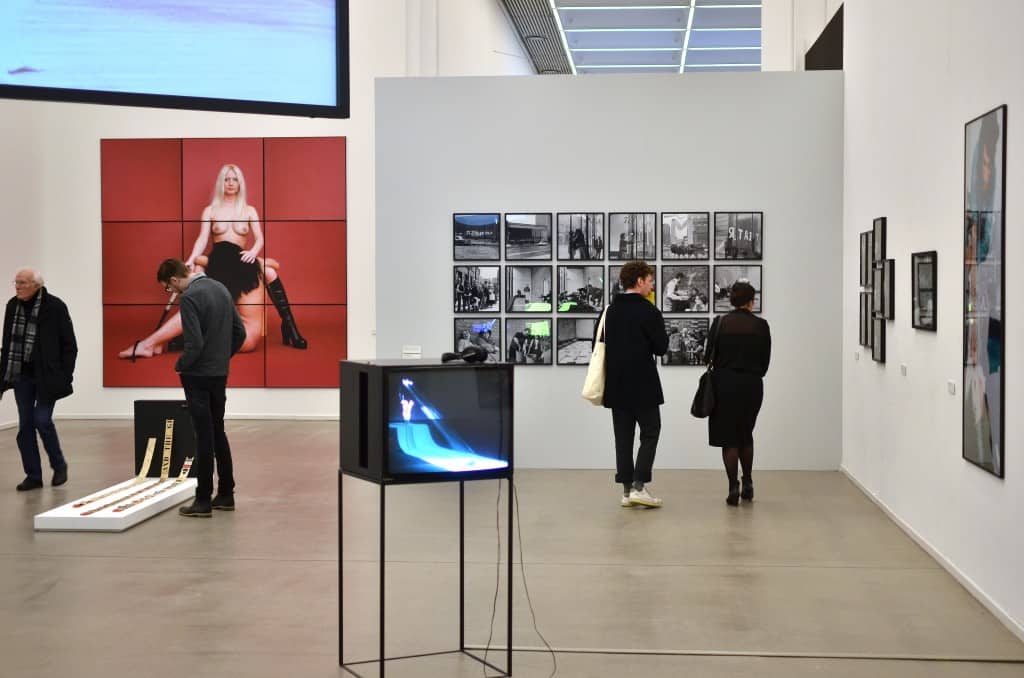
Exhibition view: THE WILD WEST at Kunstmuseum Bochum, photo: Presseamt der Stadt Bochum, Lutz
Leitmann
Artists: Jan Jaromir Aleksiun, Stanisław Antosz i Katarzyna Chierowska (Antosz i Andzia), Gabor Attalai, Roel Backaert, Paolo Barrile, Krzysztof M. Bednarski, László Beke, Włodzimierz Borowski, Olaf Brzeski, Cezary Chrzanowski, Jan Chwałczyk, Ewa Ciepielewska, Robin Crozier, Jerzy Czerniawski, Rineke Dijkstra, Michał Diament, Zbigniew Dłubak, Stanisław Dróżdż, Leszek Fidusiewicz, Hervé Fischer, Karolina Freino, Eugeniusz Get-Stankiewicz, Artur „Gouy” Gołacki, Wanda Gołkowska, Zbigniew Gostomski, Jadwiga Grabowska-Hawrylak, Klaus Groh, Nicolas Grospierre, Jerzy Grotowski, grupa Luxus, Bożena Grzyb-Jarodzka, Oskar Hansen, Władysław Hasior, Zdzisław Holuka, Rafał Jakubowicz, Jacek „Ponton” Jankowski, Paweł Jarodzki, Zdzisław Jurkiewicz, Helmut Kajzar, Koji Kamoji, Tadeusz Kantor, Mirosław Emil Koch, Bogdan Konopka, Jerzy Kosałka, Marzenna Kosińska, Barbara Kozłowska, Marlena Kudlicka, Anna Kutera, Romuald Kutera, Natalia LL, Piotr Lachman, Andrzej Lachowicz, Suzy Lake, Jacek Lalak, Zbigniew Libera, Witold Lipiński, Witold Liszkowski, Bogusław Litwiniec, Jerzy Ludwiński, Jerzy Lukierski, Zbigniew Makarewicz, Arkadiusz Marczyński, Dóra Maurer, Krzysztof Meissner, Maria Michałowska, Bogusław Michnik, Karel Miler, Lech Mrożek, Opal L. Nations, Roland Nicolaus, Ernest Niemczyk, Z. Nowak, Zbigniew Olchowik, Piotr Olszański, Géza Perneczky, Robert Rehfeldt, Andrzej Rogowski, Tadeusz Rolke, Wacław Ropiecki, Jerzy Rosołowicz, Robert Rumas, Wiesław Sąsiadek, Jan Sawka, Carolee Schneemann, Allan Sekula, Stanisław Sielicki, Alexander Sikora, Krzysztof Skarbek, Michael Snow, Kama Sokolnicka, Zdzisław Sosnowski, Henryk Stażewski, Petr Štembera, Tomasz „Mniamek” Stępień, Bronisław Szubzda, Tomasz Szwed, Elżbieta Tejchman, Miroljub Todorović, Endre Toth, Krzysztof Wałaszek, Adam Wawrzyniak, Piotr Wieczorek, Paul Woodrow, Pierre Vandrepote, Krzysztof Zarębski. Until May 8, 2016, Kunstmuseum Bochum
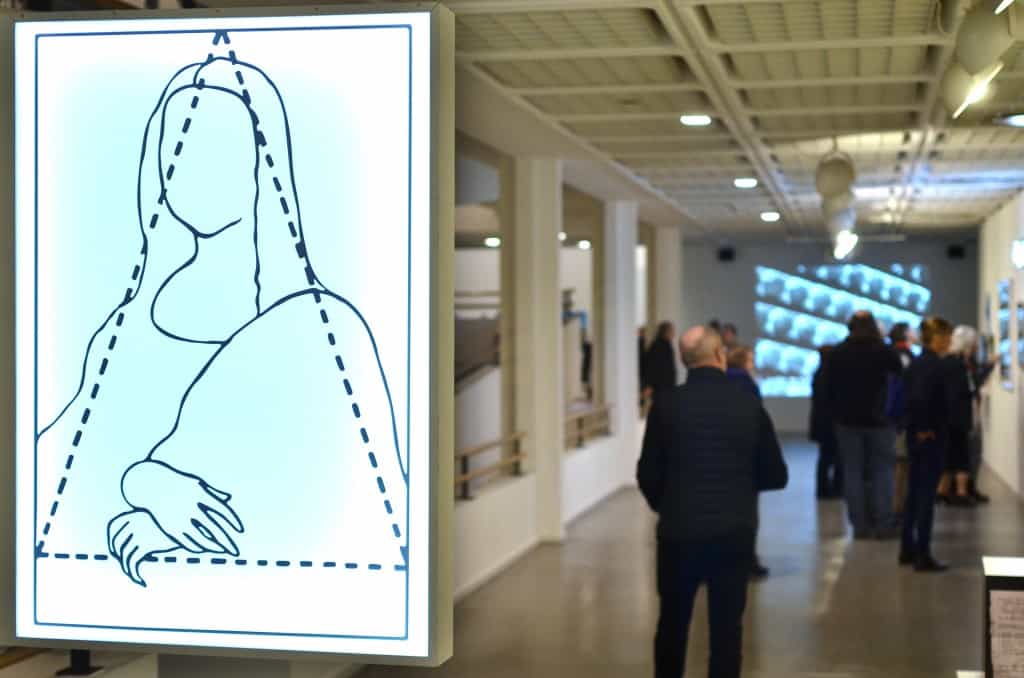
Exhibition view: THE WILD WEST at Kunstmuseum Bochum, photo: Presseamt der Stadt Bochum, Lutz
Leitmann

Exhibition view: THE WILD WEST at Kunstmuseum Bochum, photo: Presseamt der Stadt Bochum, Lutz
Leitmann
Generationsübergreifend — Polnische Kunst in Marl at Skulpturenmuseum Glaskasten Marl

“Generationsübergreifend – Polnische Kunst in Marl”, Skulpturenmuseum Glaskasten Marl, photo courtesy Skulpturenmuseum
The show which opened on the 6th of March at the Skulpturenmuseum Glaskasten Marl belongs to the series of events which are focusing in, and presenting, Polish Contemporary art. Gathered together from the collection of Werner Jerke, and exhibited together in a converted swimming pool are works by artists including Katarzyna Kobro and Alina Szapocznikow, the works of artists who have been active since the 1970s (Józef Robakowski, Ryszard Wasko), and also pieces by younger and more recent artists (Agnieszka Polska, Marlena Kudlicka, Wilhelm Sasnal). As well as bringing together the works of artists of different times, special effort has been made to present each medium in it’s own right: there are sculptures (Teresa Murak, Katarzyna Kobro, Edward Krasiński, Marlena Kudlicka, Alina Szczapocznikow), drawings (Stachon, Wasko), paintings (Książek, Sasnal, Strzemiński), video (Polska, Robakowski, Sasnal), and photography (Polska, Wasko).
Polish art is doing well for itself in Germany, but there is still much to discover. The exhibition of Polish art in Marl is part of a combined initiative set between the Kunstmuseum Bochum, the Kunsthalle Recklinghausen, and the private museum of Dr Werner Jerke that was opened in Recklinghausen on April 24th this year (check our photo-gallery).
A short presentation was given during the opening of the exhibition in Marl by the Director of the Polish Institute in Dusseldorf, Dominika Świętońska, and the Director of Skulpturenmuseum Glaskasten Marl, Georg Elben.
Participating artists: Katarzyna Kobro, Edward Krasiński, Paweł Książek, Marlena Kudlicka, Theresa Murak, Agnieszka Polska, Józef Robakowski, Wilhelm Sasnal, Alina Szapocznikow, Natalia Stachon, Władysław Strzemiński, Krystian Czaplicki Truth, Ryszard Wasko
Written by Kasia Lorenc
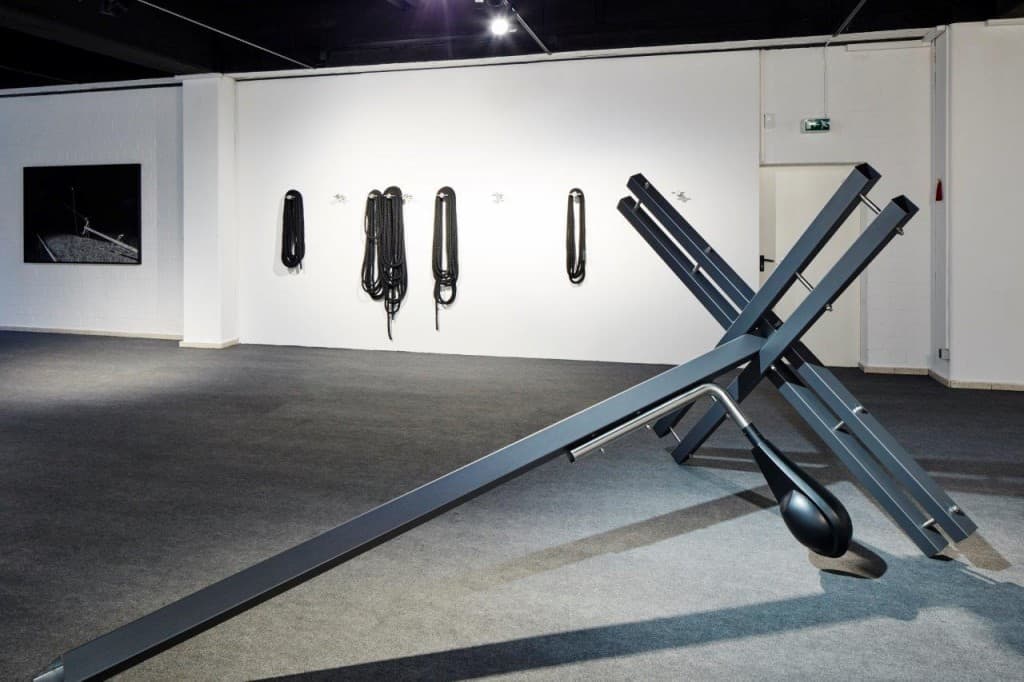
“Generationsübergreifend – Polnische Kunst in Marl”, Skulpturenmuseum Glaskasten Marl, photo courtesy the Skulpturenmuseum

“Generationsübergreifend – Polnische Kunst in Marl”, Skulpturenmuseum Glaskasten Marl, photo courtesy the Skulpturenmuseum
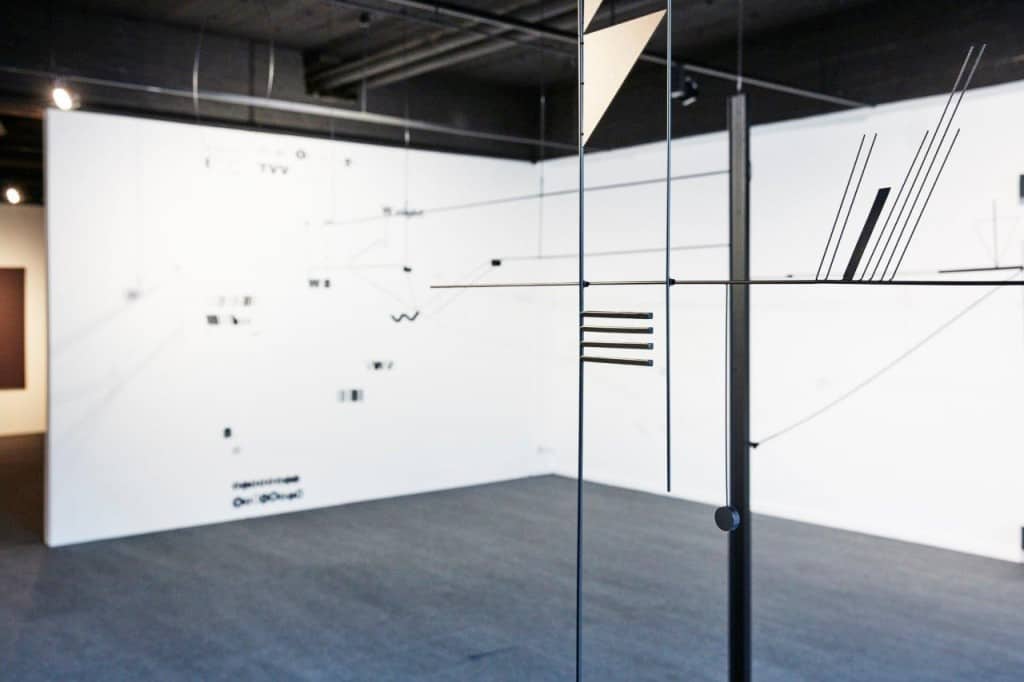
“Generationsübergreifend – Polnische Kunst in Marl”, Skulpturenmuseum Glaskasten Marl, photo courtesy the Skulpturenmuseum
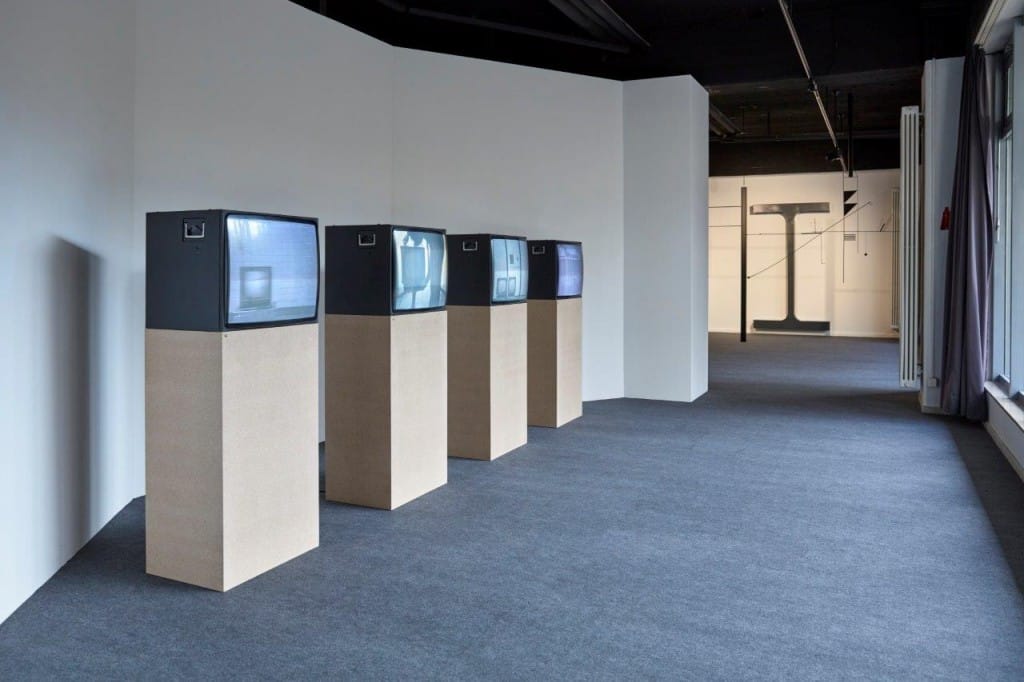
“Generationsübergreifend – Polnische Kunst in Marl”, Skulpturenmuseum Glaskasten Marl, photo courtesy the Skulpturenmuseum





